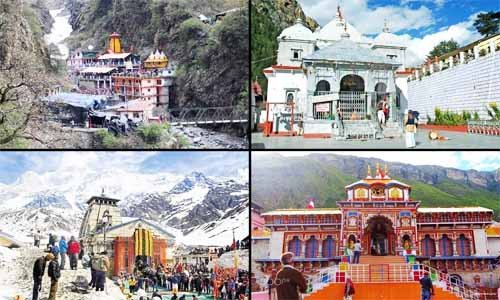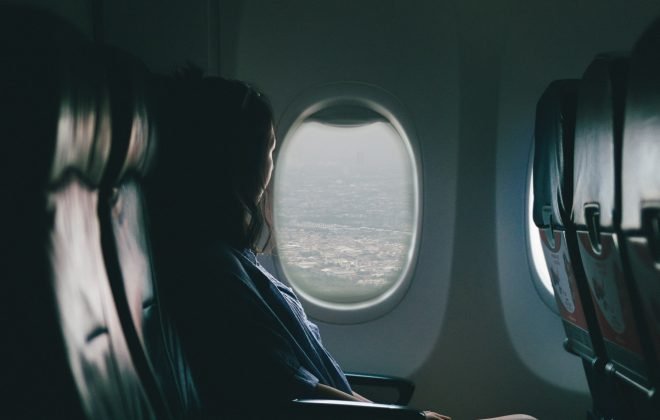Char Dham Yatra And Its Moral Value
Uttarakhand was known as Dev Bhumi because there are a lot of pilgrimages and temples which are homes for gods, and a lot of other tourist places which attract millions of pilgrims and spiritual seekers.
The Char Dham Yatra Kedarnath, Badrinath, Gangotri, and Yamunotri are located in a very spiritual place in the Garhwal region.
Why do Char Dham Yatra
By Hinduism, it is believed that Teerth Yatra is one of the five duties along with Darma, Worship, Religious festival, and Sankara. A pilgrimage Yatra is an exercise in faith, willpower, trust, and humility. When the pilgrim travels to such a location they feel a direct connection between themselves and god. A pilgrim journey to meet God is life-changing karma eradicating and building contact with a divine
It is believed that this fifth duty of Teerth Yatra can free you from your signs of bad karmas and god will give you a place in their lap in heaven.
The sequence to proceed Char Dham Yatra
The Char Dham Yatra starts from west to east (dusk to dawn). The first place to start Dham Yatra is Yamunotri then pilgrim proceed to Gangotri from there they carry holy water from Yamuna and Ganges rivers and then they proceed towards Kedarnath and finally Badrinath
Yamunotri
It is believed that Yamunotri is the home of the Hindu goddess Yamuna and is the place of origin of the river Yamuna also. This place is situated at a high altitude in the lofty Himalayan mountain range approximately 30 kilometers from Uttarkashi. Yamunotri is starting place to commence Char Dham Yatra among all four places. The temple at Yamunotri is built by Maharajah Partap Shah of Tehri Garhwal on the left bank of the river Yamuna.
The point of attraction is the hot springs of water gushing out of Bandar BoochParvat cavities in the Himalayan range near the temple and making small kund( pond) of hot water. Surajkund is one of them and is very important. There is a Shila also called Divya Shila which is worshiped before worshiping the goddess The pilgrimage brings some rice and potato in muslin cloth with them to offer at the shrine which they prepare by dipping it in the hot spring of water. Some part of it is taken back to home Paradise
The temple opens every year on the special day of Akshaya Tritiya which generally fall during the last week of April in the commencing week of May and always closes on the day of Diwali. The rest of the time the door of the temple remains closed and the area is covered with a white sheet of snow and a valley gripped in no man area.
Gangotri
The second destination of Char Dham Yatra is Gangotri temple. It is to be believed that Gangotri is home to the Devi Ganges and is also the origin of place river Ganges in the great Himalayan range according to Hinduism the river Ganges appears from the locks of hair of Lord Shiva.
Gangotri temple is on the origin place of the Ganga river and was built by General Amar Singh Thapa a Nepali. The river is called Bhagirathi here and becomes the Ganges when meets with Alaknanda second destination of the Char Dham yatra is the Gangotri temple at Devpryag
Similar to Yamunotri the gate of the temple opens the last week of April or the first week of May and closes on the day of Diwali, the rest of the time the temple remains closed
Kedarnath
The third destination of Char Dham Yatra is situated on the river Mandakini near Chorari Glacier
As the name of Kedarnath describes itself as the “lord of field” the word ‘Kedara’ means ‘field’ and ‘Natha’ means ‘lord’. This temple is believed to be the home of Lord Shiva and is famous for Jyotirling for its unusual form of pyramidal and is regarded as one of the 12 Jyotirlingas.
This is not quite sure till now who built the Kedarnath temple some legends believe it builds up by Pandavas during Mahabharata to seek Lord Shiva’s blessing purring them from the sign of killing their cousins brothers because Lord Shiva was unwilling to give Darshan to Pandavas as kasha but there is no use of word Kedarnath in the whole Mahabharata
Another legend says Nar and Naryanathe incarnations of Vishnu performed in front of a Shivalingam come out of the earth. Their great devotion pleased lord Shiva and they appeared in front of them and asked for a boon. So both Nar and Narayana requested Shiva to settle down permanently as Jyotirlingum at Kedarnath so that people can take the blessing of Lord Shiva by worshiping him.
The opening and closing of Kedarnath are also the same as Yamunotri and Gangotri
Badrinath
The final destination of Char Dham Yatra is Badrinath ( the home of the god Vishnu). The temple is considered one of the Divya Desam from 108 dedicated to Vishnu and worshiped as Badrinayanan.
It is believed that the image of the god worshiped in the temple as Badrinaryanan is considered as the eight Swayam Vyakta Kshesta or self-manifested statue of Vishnu
MataMurtikaMela is a famous festival that is celebrated to pay homage to Badrinath’smother who is believed to have divided the river into twelve parts for the welfare of earthly beings.
The Badri-Kedar Festival Is celebrated for eight days in June in both the temples Kedarnath and Badrinath.
The main point of consideration is that the head priest is NambudiriBrahminfrom Kerlawhereas the temple is in North India.




